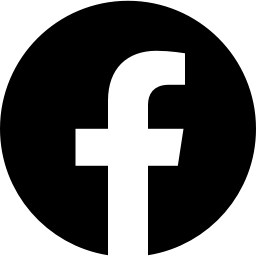Verisimilitude
’Verisimilitude I’ is a collaborative project between Mexican artist Pilar Cortés and Bristol-based UK digital artist Marcus Dyer. The piece consists of a polyptych of nine oil paintings by Pilar Cortés, accompanied with a smartphone-based virtual reality application and generative music composition by Marcus Dyer.
Invalid Displayed Gallery
’Verisimilitude I. Polyptych. Oil on canvas. 40 x 40 cm (each). 2014
The application ( Verisimilitude I ) places the user in a fixed position within a constantly changing 3D landscape, created using further work by Pilar Cortés.
Their piece examines the potential impact of future digital technologies on ‘traditional’ landscape art-forms. In the process, they seek to create a sense of what theorist Mario Costa describes as the ‘Technological Sublime’ (Mario Costa, International Conference of Generative Art 2004, Milan).
The ease of reproducibility of the image through digital technology has often been seen as a threat to art forms such as painting and drawing, while simultaneously photography has had a huge impact on how and what exactly artists chose to paint. A cynic could pose the argument what is the use of an art gallery when almost all art is available to see freely through the internet? As new technologies emerge allowing events “which are everywhere and nowhere” (Mario Costa, Ibid), traditional art forms are being “condemned to decay and disappear” (Mario Costa, Ibid).
Yet viewing art in galleries is still popular and the counter arguments are obvious: you can’t see the texture, the material or the place; you can’t get up close or examine the work in the context of a wider curated exhibition. The online image is a mere representation of the greater work.
But this begs two questions:
– What happens when technology can finally replicate or even exceed the experience?
Virtual reality still has its flaws and will for many years to come: resolution, a field of view, head-tracking latency, comfort, etc… are all limited in various ways. However, even in its present form bump mapping allows images to be textured, haptic feedback can be used to create the sensations of touch, size, scale and even the perceived body of the observer can be altered: a landscape can be the size of the actual landscape; a portrait can be observed from the perspective of the portrait.
– Couldn’t the criticism that a digital image is only a representation of a greater work also be leveled at the original painting compared with what it itself is representing?
The intention here is not to make a value judgment as such, to say that digital technology trumps all established art-forms or vice versa, but rather to hint at the potential for digital technologies such as virtual reality to create different environments in which to experience art or experience it in previously impossible or hyper-real ways. In doing so, the aim is to challenge traditional notions of authenticity, specifically what is considered to be real/natural vs what is unreal/unnatural and whether there is a point at which this new artificial, non-place can finally be accepted and valued on an equal footing.
And what does it mean if our sense of the sublime can be invoked by deterministic calculations alone?
“Today, it’s no longer possible to make the distinctions and separations as before, when they were obvious and spontaneous: interior and exterior, mental and physical, near and far, natural and artificial, here and there, duration and technological time and so on, all merge together and become blurred.” (Mario Costa, International Conference of Generative Art 2004, Milan)
LINKS


 Español
Español




